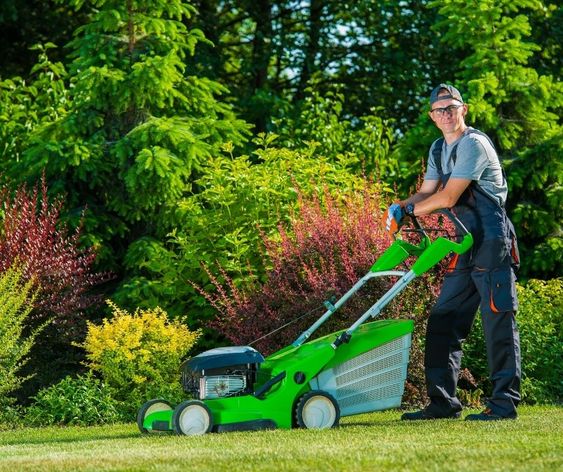Water saving faucets
Water-saving faucets are designed to reduce the amount of water that flows through them, helping to conserve water and save money on water bills. They work by incorporating various technologies to restrict the flow of water, such as aerators, flow restrictors, and motion sensors.

Aerators
Aerators are devices that mix air with water, creating a foamy stream that feels like a fuller flow while actually using less water. They are typically installed at the end of the faucet spout and can be easily removed for cleaning.
Flow restrictors
Flow restrictors are small devices that are installed inside the faucet to limit the amount of water that can flow through. They are often adjustable, allowing you to find the right balance between water savings and usability.
Motion sensors
Motion sensors use infrared technology to detect when someone is using the faucet and turn on the water automatically. When the user moves away, the faucet turns off, preventing water from being wasted.
Types of water-saving faucets
There are many different types of water-saving faucets available on the market, including:
- Low-flow faucets
Low-flow faucets are designed to use less water than standard faucets. They typically have a flow rate of 1.5 gallons per minute (gpm) or less.
- Water-efficient faucets
Water-efficient faucets meet the WaterSense criteria set by the U.S. Environmental Protection Agency (EPA). These faucets use at least 20% less water than standard faucets.
- Sensor faucets
Sensor faucets use motion sensors to turn on and off automatically. They are a great option for public restrooms and other high-traffic areas.
Benefits of water-saving faucets
Water-saving faucets offer a number of benefits, including:
- Water conservation
Water-saving faucets can help you conserve water, which is important for both the environment and your wallet.
- Lower water bills
By using less water, you can save money on your water bill.
- Reduced environmental impact
Water conservation helps to reduce the strain on our water resources and protect the environment.
How to choose a water-saving faucet
When choosing a water-saving faucet, there are a few things to keep in mind:
- The type of faucet
Consider the type of faucet you need, such as a kitchen faucet, bathroom faucet, or outdoor faucet.
- The flow rate
Look for a faucet with a flow rate of 1.5 gpm or less.
- The WaterSense label
Look for the WaterSense label to ensure that the faucet meets the EPA's water efficiency criteria.
- The features
Consider the features you want, such as a pull-down sprayer, adjustable spray, or motion sensor.
Installing a water-saving faucet
Installing a water-saving faucet is a relatively easy task that can be done by most do-it-yourselfers.
Tools and materials needed
- Adjustable wrench
- Plumber's tape
- New faucet
- Shut-off valves
Instructions
- Turn off the water supply to the faucet.
- Remove the old faucet.
- Apply plumber's tape to the threads of the new faucet.
- Install the new faucet.
- Turn on the water supply and check for leaks.
Conclusion
Water-saving faucets are a great way to conserve water and save money on your water bill. There are many different types of water-saving faucets available on the market, so you can find one that fits your needs and budget.




